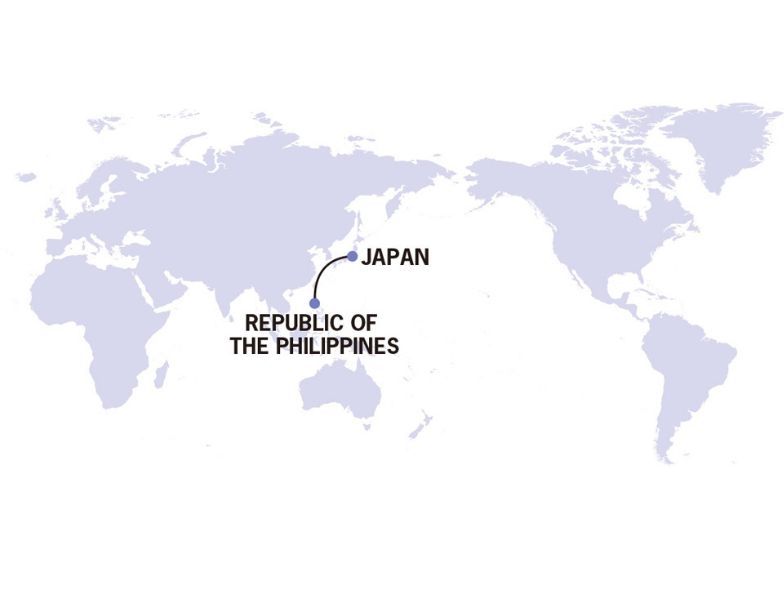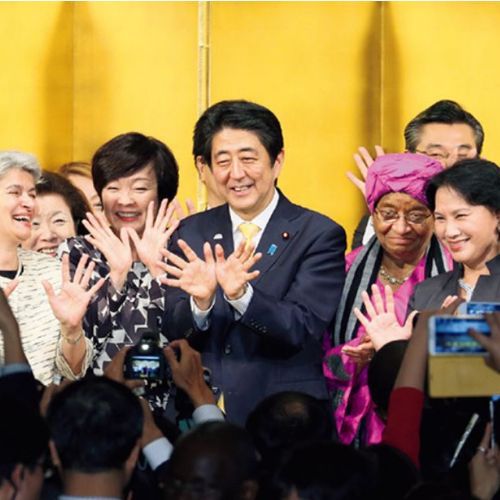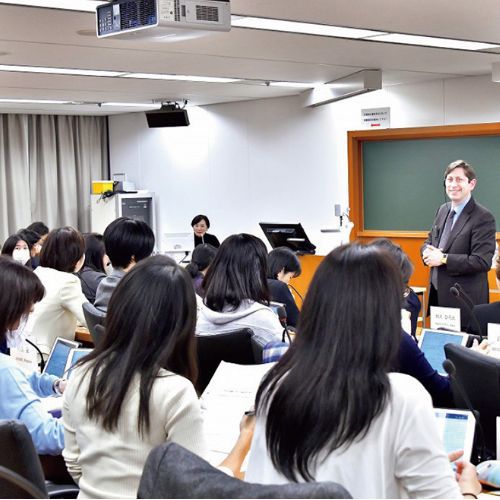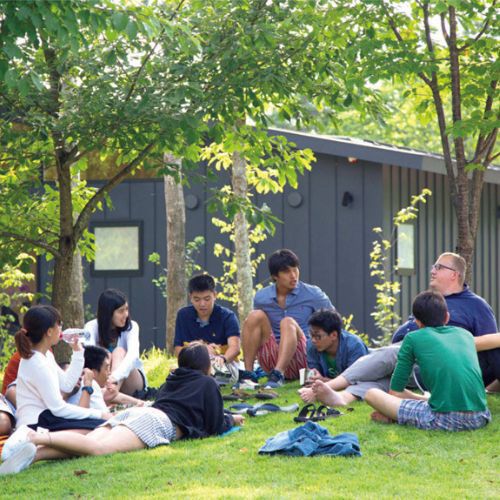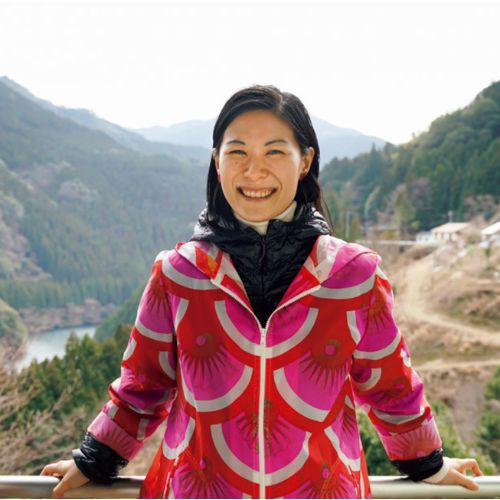Pamela Palma uses her career experience to support visitors and residents in Shizuoka, a prefecture located at the base of Mt. Fuji, long revered as symbol of material and spiritual richness
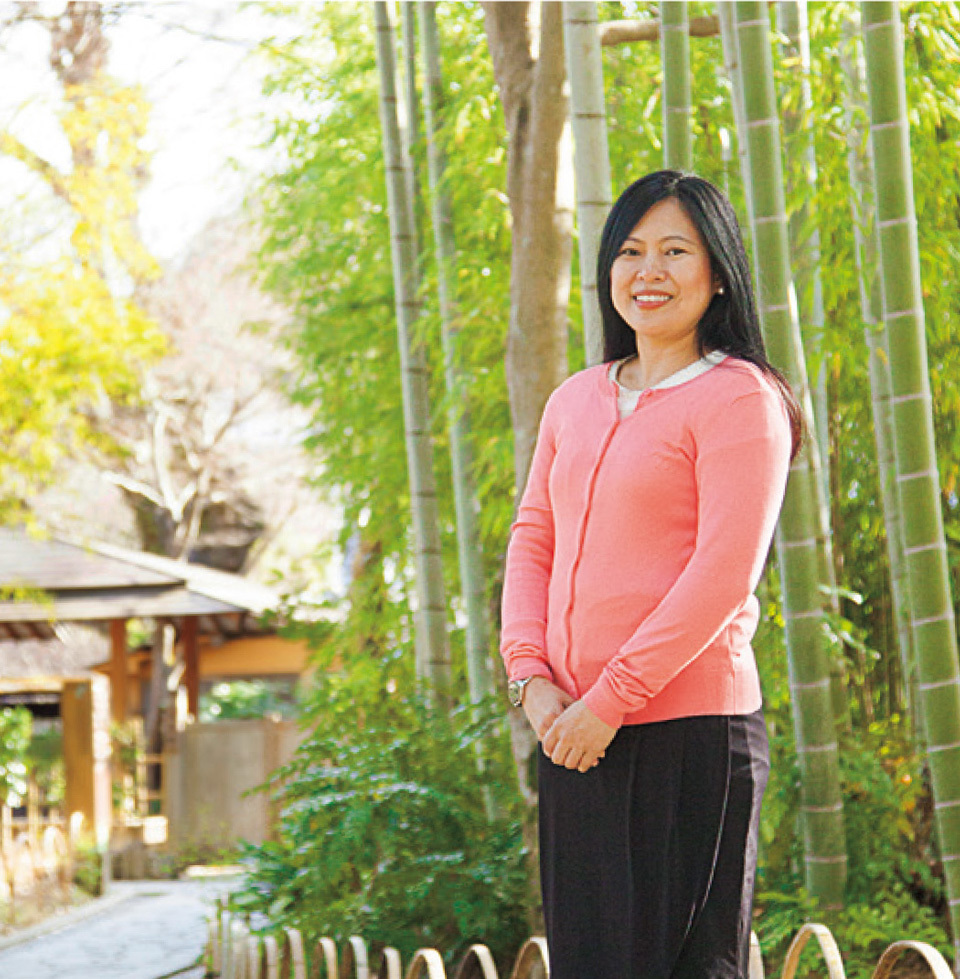
Many foreign tourists visit the hot-spring resort town of Shuzenji in Izu Peninsula, Shizuoka. There is a pleasant walking course through a bamboo grove along the river.
Pamela Palma
Born in Surigao del Sur, Philippines, Palma majored in business management at the Ateneo de Manila University. She worked at the Embassy of the United States of America in the Philippines, a subsidiary of Deutsche Bank, and University of Asia and the Pacific in the Philippines. She has worked as a CIR since 2015.
In the 1990s, as numerous Japanese corporations established themselves in the Philippines, university student Pamela Palma thought that learning Japanese would prove useful in the future. After studying the Japanese language at university, she continued her Japanese language training at a Japanese language school after graduation.
Her first visit to Japan was in 1996. “Japan was so clean and the trains were so punctual! The streets hardly had any litter and the trains were rarely even a minute late,” she recalls. After that, she worked at the Embassy of the United States of America in the Philippines and at a subsidiary of Deutsche Bank where she used her Japanese skills to work with Japanese clients. “When I was 41 years old, I applied for the JET Programme, as I thought it would suit my growing passion for Japan,” she explains.
The JET Programme assigned Palma to the Shizuoka prefectural government, a place she knew little about at the time. “To me, Shizuoka was just a place you passed through on the shinkansen when travelling between Tokyo and Kyoto. But after four years of living here, I have learned that this place is far more charming than I ever could have imagined,” states Palma. Mt. Fuji, a UNESCO World Heritage site can easily be seen from Shizuoka. In fact, the southern half of the mountain is located in Shizuoka prefecture. The mountain’s conical profile is especially beautiful when viewed across the water. “It is wonderful to see Mt. Fuji on a sightseeing boat at Dogashima or Miho-no-Matsubara. When my family visited from the Philippines, they were also deeply moved by its beauty,” she says. Palma has also discovered that Shizuoka is a treasure trove of food. “Shizuoka’s traditional wasabi cultivation is registered as a Globally Important Agricultural Heritage System. The green tea produced here is also famous. Its rich flavor is used to make the world’s most intense green tea gelato. The seafood is also delicious here. One of Shizuoka’s fishing ports has the highest tuna catch in Japan. For foreigners who are not fond of sashimi, there is also a deep-fried dish called kakiage made with sakura shrimp that is really nice!” Palma is full of food recommendations.
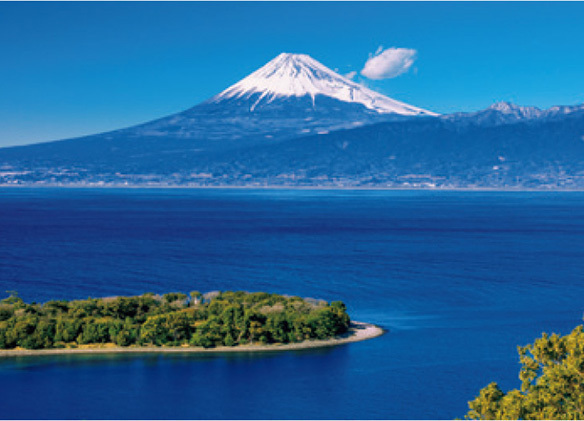
Dogashima and other sightseeing spots in western Izu offer spectacular views of Mt. Fuji over Suruga Bay.
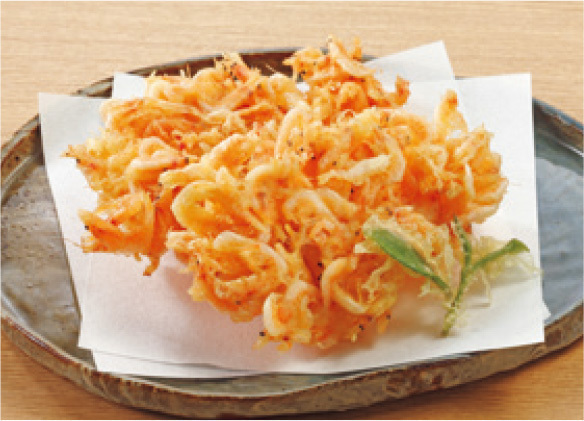
Pamela recommends this delicious deep-fried dish with crispy texture called sakura shrimp kakiage.
Working as a coordinator for international relations (CIR) in the Shizuoka Prefectural Government’s Multicultural Affairs Division, Palma makes full use of her career experience to provide interpretation and translation, as well as support the prefectural government in its meeting with foreign visitors. In addition, she introduces Philippine culture during school visits and multicultural events. According to Palma, “Family ties are strong, and the neighborhood spirit of helping each other out is alive and well in the Philippines. When I talk about this, people tell me, ‘that’s how Japan used to be,’ and it makes me happy that Japanese people can have warm feelings for the Philippines.” Palma also contributes to keeping the local foreign residents of Shizuoka, including roughly 16,000 Filipinos, abreast of vital information, using both English and Tagalog. As this includes important life-saving information such as disaster preparedness, Palma plays an important role. She has also assisted at the local police college as part of a case-study program that teaches police cadets how to help foreigners who do not understand Japanese. “Sometimes, when I think the cadet understands my English a little too well, I switch to speaking Tagalog to make it more difficult,” she chuckles.
“The job of a CIR is wide-ranging, but I find it rewarding. I would like to continue doing helpful work by strengthening ties between Japan and the Philippines, and between Shizuoka and its foreign visitors.”
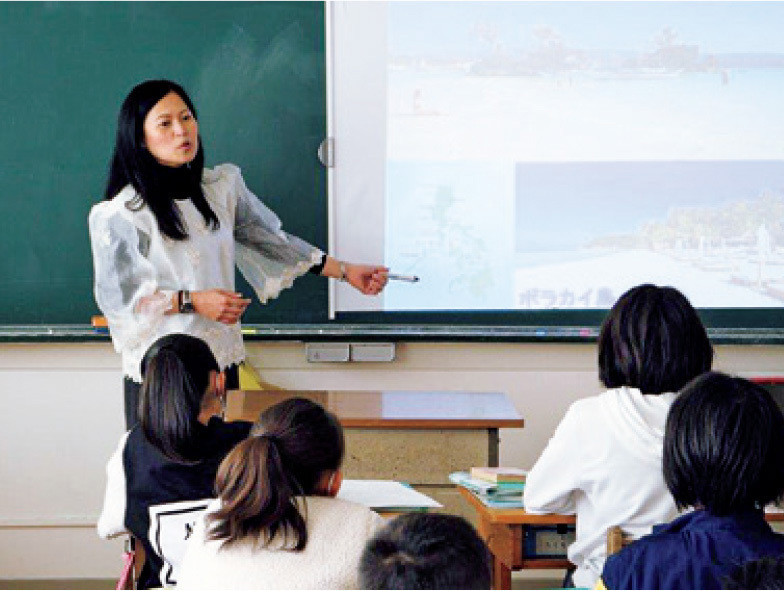
Palma dresses in traditional Philippine costume and shares with Japanese students the life and culture in the Philippines.
